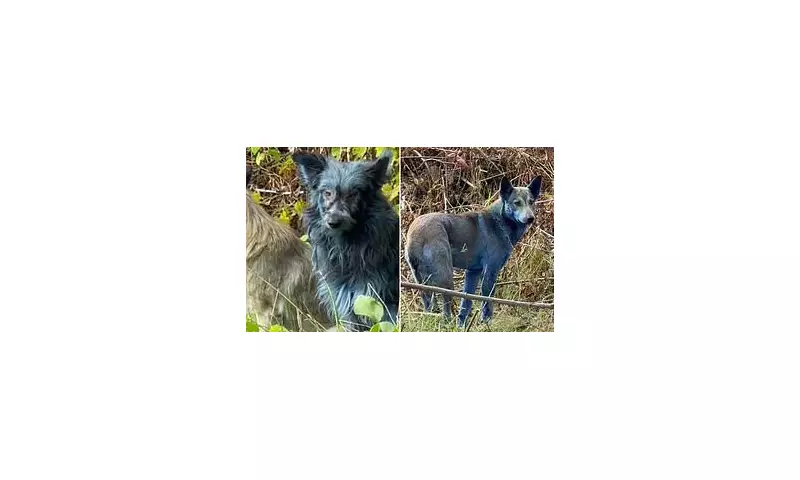
In the shadow of the world's worst nuclear disaster, scientists have made a startling discovery that reads like something from a science fiction novel. Deep within Chernobyl's radioactive exclusion zone, researchers have identified packs of wild dogs displaying an unusual blue-black fur colouration, believed to be a direct consequence of prolonged radiation exposure.
The Ghost Town's New Residents
Nearly four decades after the catastrophic nuclear meltdown forced the permanent evacuation of surrounding towns, the 2,600 square kilometre exclusion zone has become an unexpected sanctuary for wildlife. Among the abandoned buildings and decaying infrastructure, these distinctive blue-hued canines have established themselves as permanent residents, creating what scientists describe as a 'living laboratory' of radiation's long-term effects.
Scientific Breakthrough in Radiation Research
An international team of geneticists and veterinary scientists has been studying these animals as part of the Chernobyl Dog Research Initiative. Their findings suggest that the unique colouration results from genetic mutations affecting melanin production - the pigment responsible for fur colour in mammals.
Dr Eleanor Vance, lead researcher on the project, explained: "What we're witnessing is evolution in real-time. These dogs aren't just strays - they're the descendants of pets left behind during the 1986 evacuation, and their genetic adaptations provide crucial insights into how mammals survive in high-radiation environments."
Beyond Fur Deep: The Health Implications
While the blue fur makes for dramatic photographs, scientists are more concerned with what these genetic changes mean for the animals' overall health and longevity. Preliminary studies indicate that while some dogs show signs of radiation-related health issues, others appear surprisingly resilient.
- Altered immune system responses
- Modified cellular repair mechanisms
- Changes in reproductive cycles
- Adapted metabolic processes
A Cautionary Tale With Global Significance
These findings extend far beyond academic curiosity. Understanding how these dogs have adapted - or failed to adapt - to chronic radiation exposure could have profound implications for human health, particularly for communities living in areas with elevated background radiation or workers in nuclear industries.
The research also raises important questions about wildlife conservation in contaminated areas and challenges our assumptions about nature's ability to recover from human-made disasters.
As Dr Vance concludes: "These blue dogs of Chernobyl are more than just a scientific curiosity - they're living testament to both the enduring legacy of nuclear accidents and the remarkable resilience of life in the most unexpected places."





